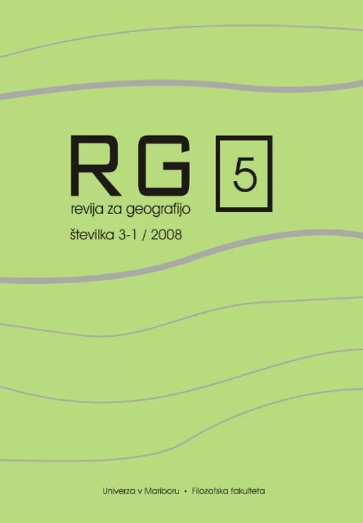Institutional framework and typology of economic transition in post-communist countries of Central and Eastern Europe: the role of Bretton Woods institutions
DOI:
https://doi.org/10.18690/rg.3.1.3132Keywords:
transition, transformation, institutions, Central Europe, Eastern EuropeAbstract
Departing from the concept of transformation and transition, this article highlights some main directions and problem areas of this process. It starts with description of transitory architecture in countries of Central and Eastern Europe based mostly on the concept of “Washington consensus” as the main method being used during the first stages of transition in many post-communist countries. Firstly we start with description of “Washington consensus” and its application in different countries in transition – from Latin America to the region of post-communist countries. After this theoretical part we start with concrete examples from particular countries where the key transitional processes will be described. Main focus will be put on the privatisation process in the Czech Republic in comparison to other post-communist countries. Typology of transitory processes in particular countries from “shock therapy” to “gradualist” ones will be placed. Than alternative approaches to transition will be introduced, focusing on the concept of path dependency, network analysis, regulation theory and their approaches to state socialism and post-communist transformations. Summarisation of main findings and the counterbalance to neo-liberal approach will be discussed. Is there some “post-Washington consensus” which has learnt from previous mistakes?
Downloads
Downloads
Published
Issue
Section
License
Copyright (c) 2008 Pavel Ptáček

This work is licensed under a Creative Commons Attribution 4.0 International License.
